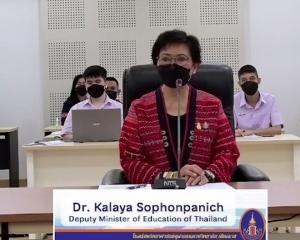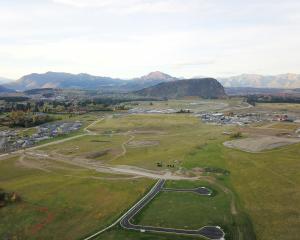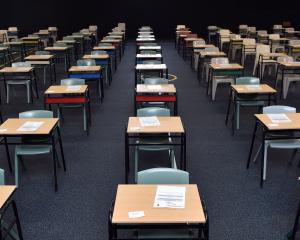A handful of schools are holding out on releasing National Standards to the Education Minister as the first round of data is made public.
Education Minister Hekia Parata said about 188 schools had not yet provided the data required under National Standards.
While most were still putting the data together, she said about 25 were "having difficulty complying" - indicating the schools were withholding it in an apparent boycott.
Ms Parata said there were sanctions to try to force those schools to hand over their results, but dealing with those schools was an operation matter for the Ministry of Education.
"Here's the thing - schools are Crown entities, they are not secret societies. They are public institutions, funded by public money to do the public job of raising achievement. This information is therefore public information."
The results of more than 2000 schools were put on a Ministry of Education website today.
Ms Parata said league tables were not realistic, because there was no national test as other countries had.
While parents could now look at the results of a school, that should not take the place of visiting a school and talking to teachers to assess how good it was and whether their child was doing well.
She said the first round of data was simply a baseline by which to assess future progress by.
The data was uploaded this morning for the first time on the ministry's Education Counts website.
Last week Education Minister Hekia Parata released a national snap shot of the data which revealed among students in years 1-8, 76 per cent reached or exceeded the national standards for reading, 72 per cent for maths and 68 per cent for writing.
The Herald on Sunday received some results independently by applying to schools under the Official Information Act .
Fairfax decided to publish the results of over 1000 schools last Saturday.
Ms Parata said publishing the data online was a "significant step forward" in helping build the reading, writing and math skills of young learners.
On the website the data is displayed with a disclaimer telling parents the national standards data only makes up part of the picture on a school's performance.
About 30 per cent of all students were "not doing so well," Ms Parata said.
"Our Government introduced National Standards to raise achievement, to identify children who are falling behind, to help parents help their children, and help schools to focus on what they need to do.
"The information gained from this first set of National Standards data is powerful for identifying and providing support for all learners."
Ms Parata said for parents to get a complete picture of their child's school they needed to look at schools' Education Review Office reports and annual reports - which are on the website with the national standards data.
"They also need to talk to principals, teachers, schools trustees and other parents," she said.
Ms Parata said a key reason the Government wanted schools' information out in the public domain was to get parents, family and schools talking with each other about how their children were doing and how to improve their learning.
"Up until now we've had to rely only on NCEA data at the end of compulsory schooling to provide us with a picture of our education system.
"National Standards data will now allow us to support all learners and target those who are behind much earlier and give them the help they need."
The data is published in the format that schools submitted it.











